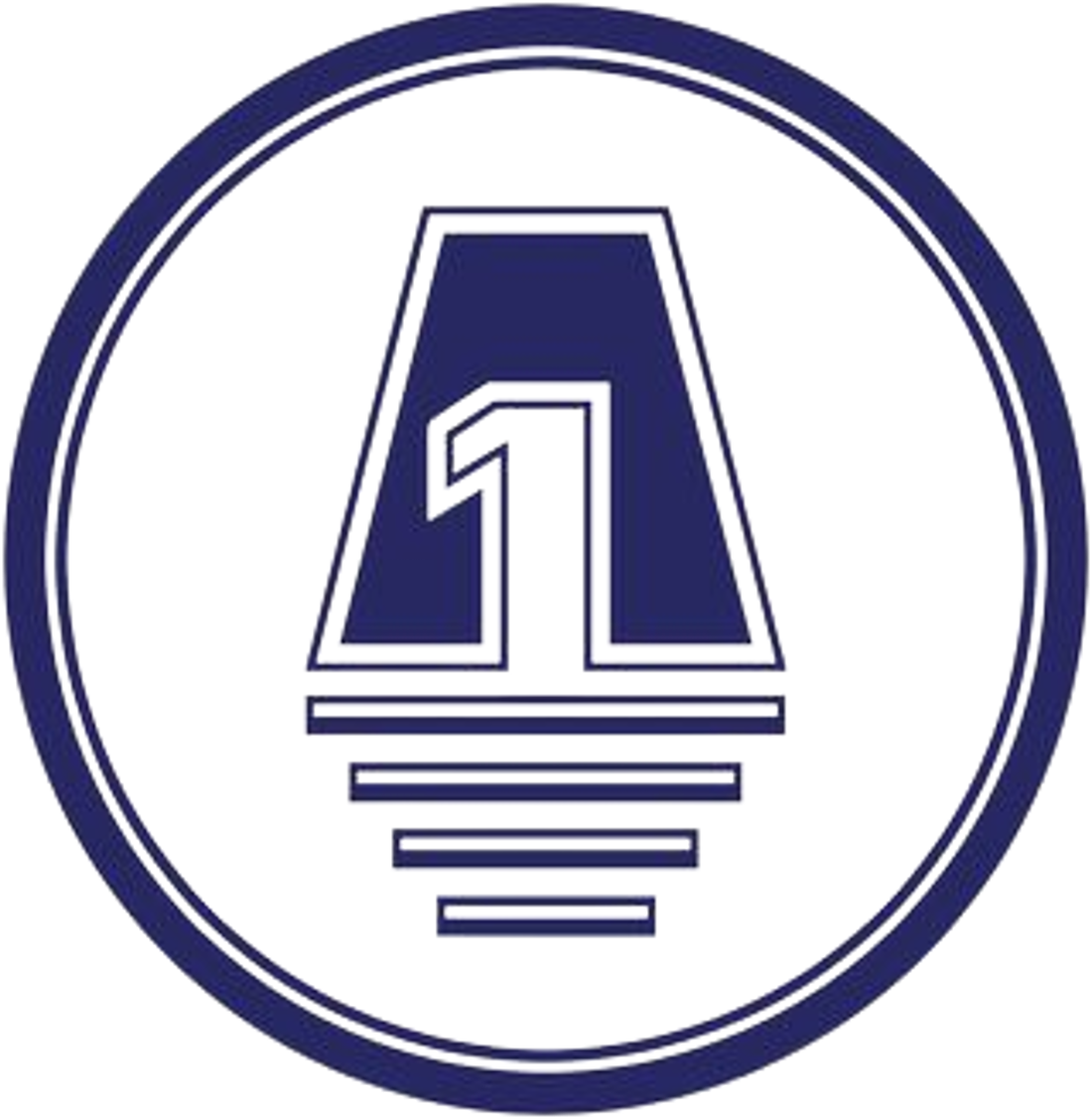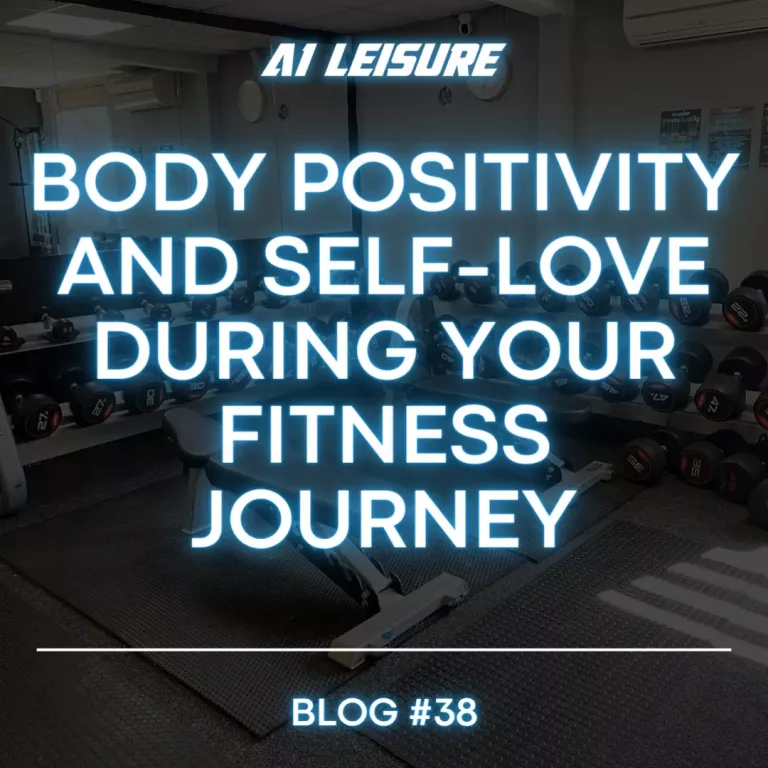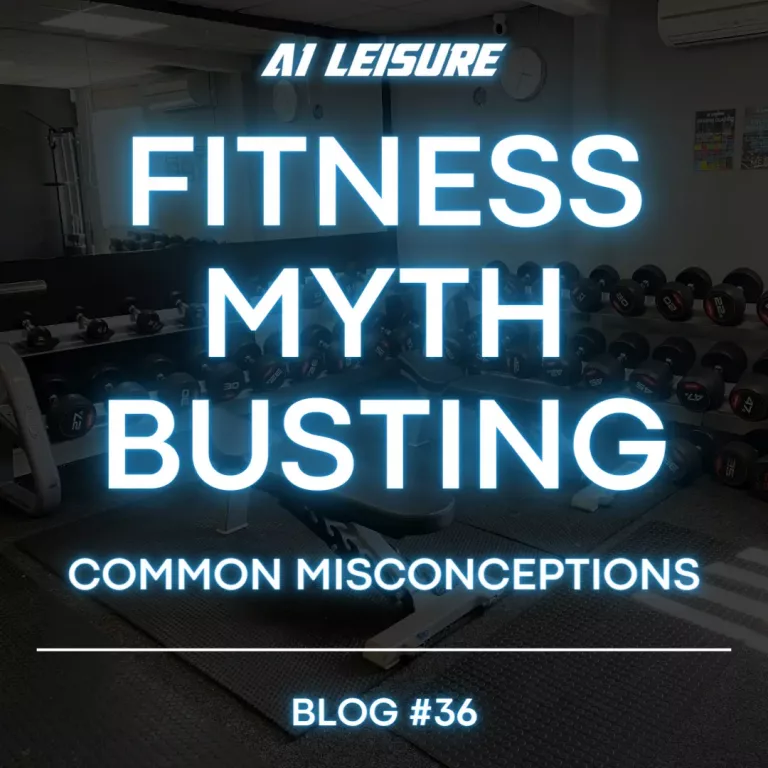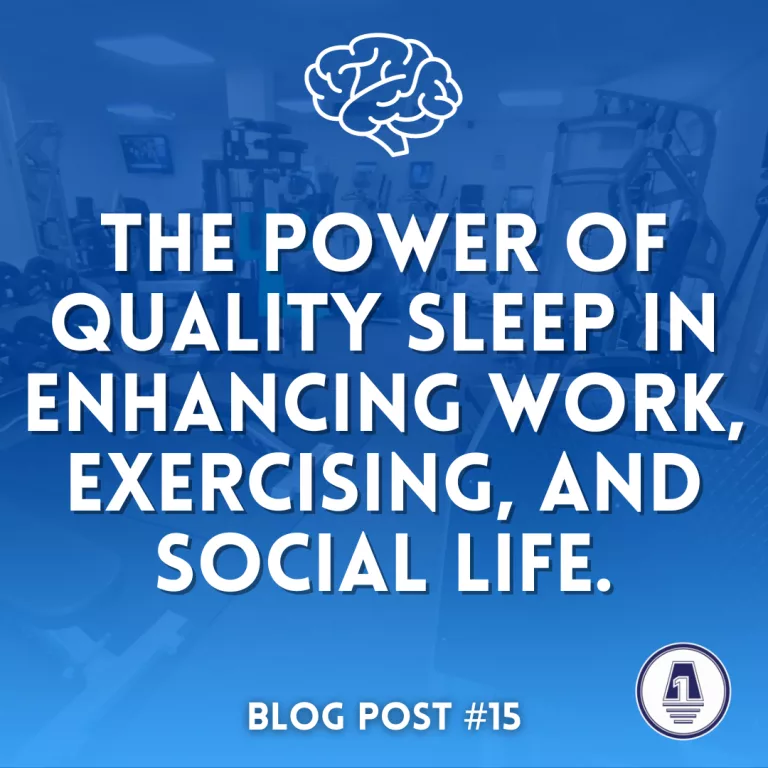
When it comes to building muscle, there’s no one-size-fits-all approach. Different training splits work for different people based on their goals, schedules, and preferences. However, there is a training split that stands out as one of the most effective for building muscle: the Push-Pull-Legs (PPL) split.
The Push-Pull-Legs (PPL) Split
The PPL split is a popular training routine among bodybuilders and fitness enthusiasts for good reason. It’s a well-balanced and versatile approach that targets all major muscle groups while allowing adequate recovery time. Here’s how it works:
Push Day
On a push day, you primarily focus on exercises that involve pushing movements. This includes exercises like bench presses, overhead presses, dips, and various chest, shoulder, and triceps exercises. These movements primarily target your chest, shoulders, and triceps.
Pull Day
On a pull day, you shift your focus to pulling movements. Exercises like pull-ups, rows, chin-ups, and curls take center stage. These movements primarily target your back, biceps, and rear deltoids.
Leg Day
Leg day is dedicated to working on your lower body. Squats, lunges, deadlifts, and leg presses are the staples of leg day. These exercises target your quadriceps, hamstrings, glutes, and lower back.
Rest and Repeat
After completing the push-pull-legs cycle, you typically take a day or two of rest before starting the cycle again. This split allows you to work each muscle group effectively while providing adequate recovery time between workouts.
Benefits of the PPL Split
- Frequency: With the PPL split, you hit each muscle group twice a week, providing ample opportunities for muscle growth and development.
- Balanced Approach: This split ensures a balanced development of both upper and lower body muscles, reducing the risk of imbalances and injuries.
- Recovery: By rotating between muscle groups, you allow each muscle group to recover while working on others. This can lead to better performance and reduced risk of overtraining.
- Variety: The PPL split allows for a wide variety of exercises, which can help prevent boredom and plateaus in your training.
- Efficiency: You can adjust the intensity and volume of each day to suit your goals, whether you’re looking to build muscle, increase strength, or focus on endurance.
Customize for Your Goals
While the PPL split is a fantastic starting point, it’s essential to customize it to your specific goals. Here are some tips:
- Hypertrophy: If your primary goal is muscle hypertrophy (size), focus on higher rep ranges (8-12 reps) and incorporate isolation exercises to target specific muscle groups.
- Strength: For strength gains, include compound lifts with lower rep ranges (3-6 reps) and longer rest periods.
- Endurance: If you’re aiming for muscular endurance, perform higher reps (15+ reps) with shorter rest intervals.
- Periodization: Periodically change the intensity and volume of your workouts to prevent adaptation and promote continuous progress.
Conclusion
The Push-Pull-Legs (PPL) split is one of the best training splits for building muscle due to its balanced approach, frequency, and versatility. However, the key to success lies in customization. Tailor your PPL routine to your specific goals, and don’t forget the importance of proper nutrition and recovery for optimal muscle growth. Consistency and dedication will be your allies on the path to achieving your muscle-building goals with this effective training split.






